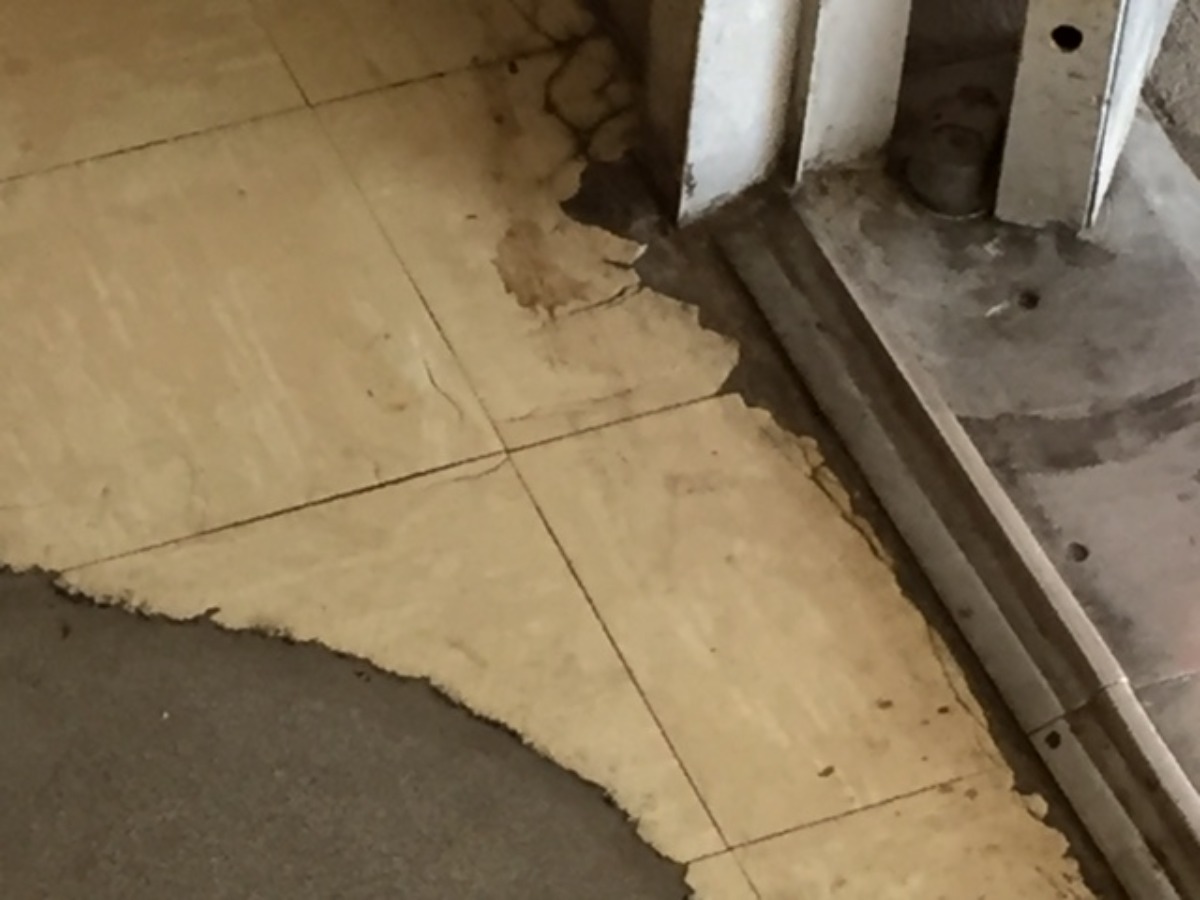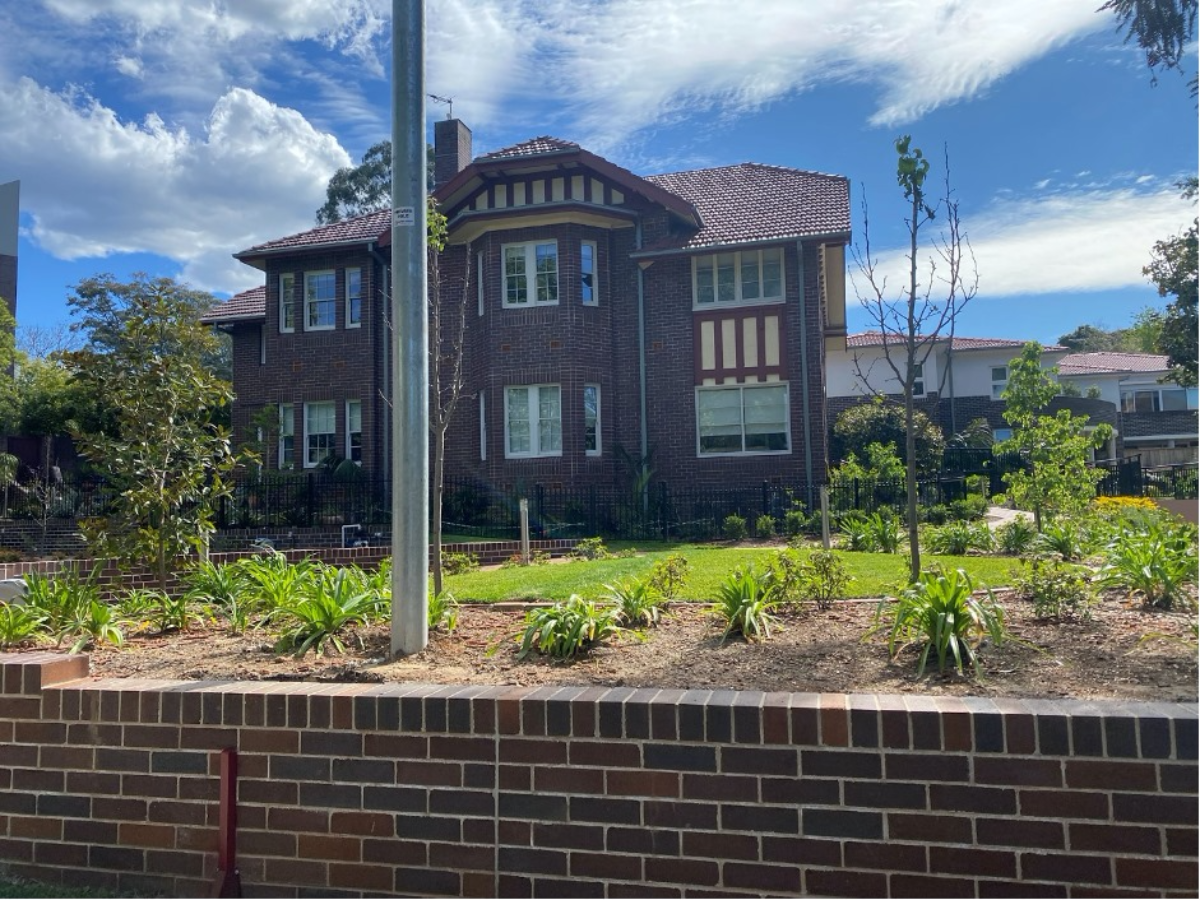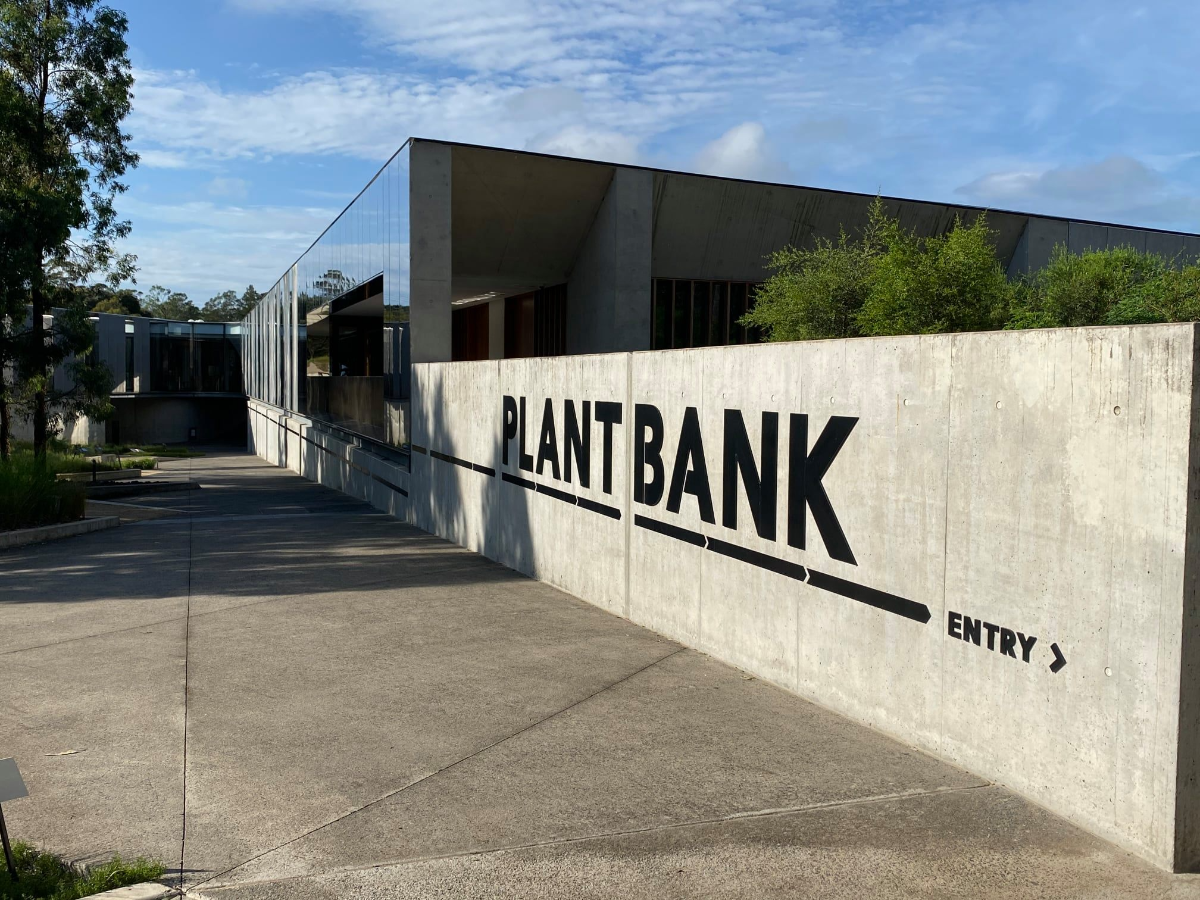
- March 18, 2021
- Effective Building
- 0
Are you worried that you might have loose asbestos on the subfloor? Is this really a concern? What do you need to do about it?
Asbestos, a heat-resistant fibrous silicate material, was a common element in construction materials due to its durable and resilient nature. Until the 1980s, it was banned in Sydney due to the discovery of associated health risks. However, its ban from production didn’t mean that floor tiles had been ripped out of homes or even removed from shelves.
For this reason, many homeowners sit unsuspectingly on materials that can be hazardous during removal and renovation. If you live in an older home and are concerned that you may have loose asbestos on the subfloor, then continue reading.
We will explain to you the hazards of loose asbestos on the subfloor, determine its presence, and know how to keep your family safe.
Asbestos Hazards on Your Health
Asbestos fibres pose a health risk when they’re friable (material can crumble and release fibres into the air). When asbestos is inhaled, it goes into your lungs and doesn’t break down, which can lead to illness. Some diseases related to asbestos exposure are:
- Asbestosis (a non-cancer respiratory disease caused by scarring of the lungs
- Lung cancer
- Mesothelioma (cancer of the lining surrounding the heart, lungs, and abdomen)
Loose asbestos on the subfloor is hazardous as it already releases toxic fibres and poses a health risk. Sanding, drilling, sawing, or tearing the tiles can affect the subfloor which leads to fibres releasing into the air where people can inhale. Hence, caution should be taken when you already have loose asbestos on the subfloor.
If you need to remove for a remodel, ensure to have it done by professional building inspectors to do safe removal methods for you.
Identifying Loose Asbestos on the Subfloor
The only way to find out if you have loose asbestos on the subfloor is to have them tested. It’s recommended to engage an asbestos inspection expert to collect a sample and test it on their lab. Professional testing can cost you $400 on average.
Aside from testing, other factors that may indicate loose asbestos on the subfloor include:
- Your home was built pre-1980. If floor tiles were installed between 1920 and 1960, there’s a good chance you have loose asbestos on the subfloor because most flooring tiles manufactured during this period did. If the tiles were installed between 1960 and 1980, there’s a slight chance they contain asbestos.
- The flooring tiles are 9-inch, 12-inch, or 18-inch squares. 9” x 9” is the most popular size, but the two larger sizes were also installed in many homes.
- Another is that tiles may appear stained or oily. Over time, asphalt can degrade and cause tiles to look discoloured or grimy.
- Some flooring tiles may come off and you might see a thick black adhesive underneath. Black mastic, also known as cutback adhesive, was used to glue flooring tiles down. This type of adhesive was asphalt-based and most likely contains asbestos, whether the tiles contain asbestos or not.
Living with Asbestos Tile
One of the best ways to deal with loose asbestos on the subfloor is to have it removed by asbestos professionals and cover it with new flooring. Others opt to just leave it in place and cover it with new flooring, which we don’t highly suggest.
The old tiles are thin and only around ⅛-inch think. So, installing new flooring on top will not raise the height of the floor obviously. Well, if the asbestos tiles aren’t disturbed, then this can be possible. Still, consulting to an asbestos inspection professional is a must before anything else.
If approved, carpeting, engineered floating flooring, hardwood, laminate flooring, and new vinyl can all be installed over asbestos tiles. Even ceramic, stone, and slate tiles can be installed on top, as long as the fibre-cement backer is installed first.
If you just install new flooring over your tiles and plan to sell your home, ensure to notify your real estate agent or buyer. This will give them a head’s up so they don’t remove the tiles should they want to install another.
Removal Options
The only instances where you can’t leave asbestos floor tiles in place is if you plan to refinish the wood flooring beneath or disturb the tile during a remodel. Aside from this, some homeowners aren’t at ease having asbestos tiles at all.
Many homeowners consider the removal of asbestos flooring. The safest removal option is to have an asbestos contractor remove the old tiles. The cost depends on the size, where you live, the condition of the tiles, and whether local regulations need extra steps to protect the rest of the house.
For more information about asbestos inspection, visit our Help Centre.
Suppose you are planning to work on multi-story units. In that case, you may find yourself wondering if you should Read more
Heritage buildings represent the history and culture of a nation. They constitute together the architectural heritage of an area. Heritage Read more
The Australian PlantBank is a remarkable new plant conservation laboratory at The Australian Botanic Garden in Mount Annan. It is Read more





